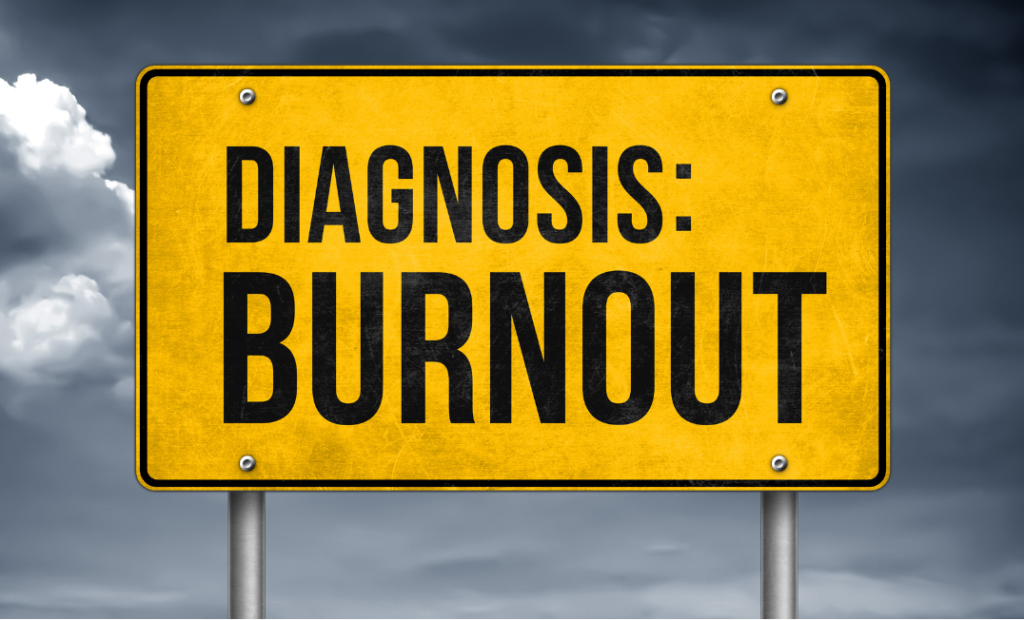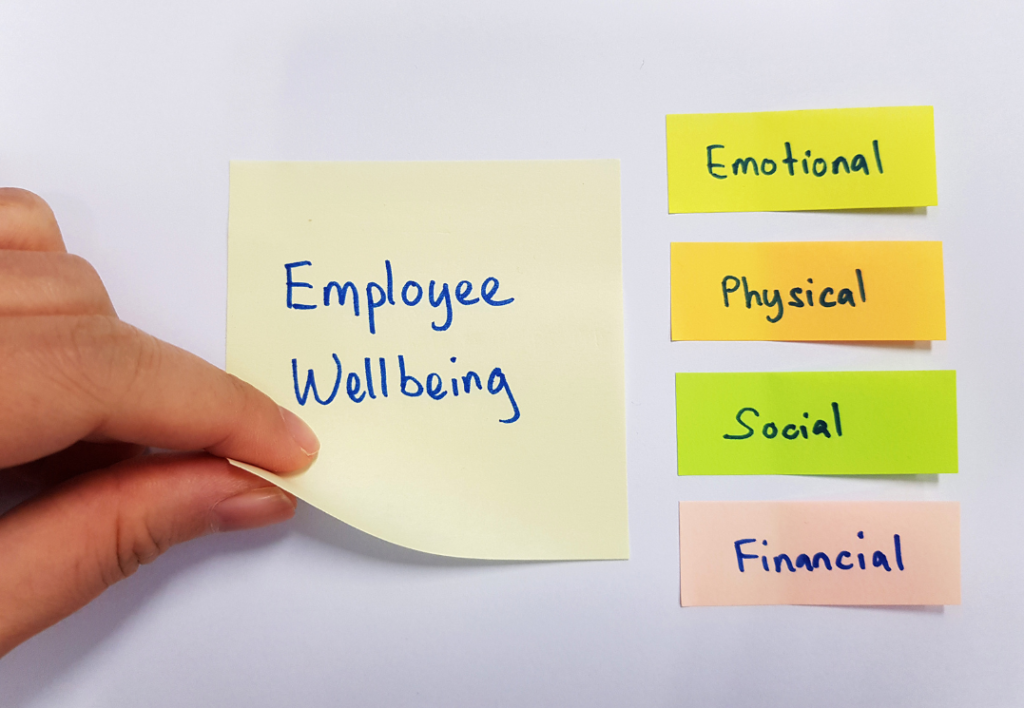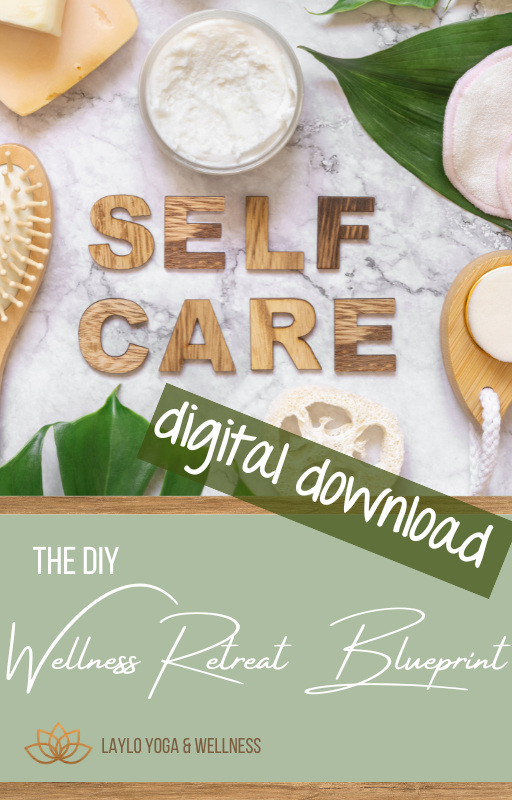Understanding the Impact of Burnout and How Wellness Can Help

Burnout has become a buzzword, but it’s a serious issue affecting millions of people worldwide.
It’s not just about feeling tired after a long day; it’s chronic stress that can lead to severe physical and mental health issues.
I am a data sort of gal – I love to look at the numbers and see what story emerges. Let’s dive into some stats from the U.S., Canada, and Europe and explore how prioritizing wellness can help turn burnout into balance.
Burnout by the Numbers
Overall Stats
Burnout doesn’t discriminate—it impacts workers across different regions. In the U.S., around 52% of workers report feeling burned out, with 43% experiencing it frequently. In Canada, the number is slightly lower, with 40% of workers feeling burned out and 34% dealing with high levels of personal and professional fatigue. Europe isn’t far behind, with about 25% to 30% of workers reporting significant burnout.
Men vs. Women
Gender plays a role in burnout, with women generally experiencing higher rates. In the U.S., 55% of women report feeling burned out compared to 48% of men. Canada shows similar trends, with 43% of women and 37% of men feeling burned out. In Europe, 33% of women report burnout, while 27% of men experience it.
Age Groups
Age also influences burnout. Younger workers tend to report higher levels. In the U.S., 56% of workers aged 18-29 feel burned out, compared to 50% of those aged 30-44, 45% of those aged 45-60, and 38% of those over 60. In Canada, 50% of young workers report burnout, decreasing to 28% for those over 60. European statistics mirror these trends, with 35% of younger workers and 20% of older workers feeling burned out.
Race and Ethnicity
Feeling burned out also varies significantly by race and ethnicity, highlighting the unique challenges faced by different groups. This includes differences between the professional and personal sides of the fence.
- United States:
- White: 50% professional, 45% personal
- Black or African American: 55% professional, 50% personal
- Hispanic or Latino: 60% professional, 55% personal
- Asian: 45% professional, 40% personal
- Other Races/Ethnicities: 53% professional, 48% personal
- Canada:
- White: 38% professional, 35% personal
- Black or African Canadian: 42% professional, 40% personal
- Indigenous: 47% professional, 45% personal
- Asian (including South Asian): 40% professional, 37% personal
- Other Races/Ethnicities: 43% professional, 39% personal
- Europe:
- White/European Descent: 25% professional, 22% personal
- Black or African Descent: 30% professional, 27% personal
- Asian (including South Asian and East Asian): 28% professional, 24% personal
- Other Races/Ethnicities: 29% professional, 25% personal
Blue Collar vs. White Collar
The type of job someone does significantly impacts burnout levels. White-collar workers tend to report higher rates than blue-collar workers. In the U.S., 58% of white-collar workers report feeling burned out, compared to 42% of blue-collar workers. Canada and Europe follow suit, with 45% and 32% of white-collar workers, respectively, compared to 35% and 22% of blue-collar workers.
Parental Status
Having children can also influence burnout. In the U.S., 54% of parents report feeling burned out, compared to 49% of those without children. Canadian parents and non-parents report rates of 45% and 38%, respectively. In Europe, 34% of parents feel burned out, compared to 27% of non-parents.
Economic Status
Economic status plays a crucial role in feelings of stress and fatigue. In the U.S., 60% of low-income workers report burnout, compared to 50% of middle-income and 35% of high-income workers. In Canada, 52% of low-income workers feel burned out, while only 28% of high-income workers do. European statistics show 40% of low-income workers, compared to 30% of middle-income and 20% of high-income workers.
These stats may come as no surprise. After all, having more challenging life circumstances and/or less support structures are naturally going to contribute to the emotional and mental stress and fatigue characterized by feeling burned out.
Factors Contributing to Burnout
Workload
One of the most significant factors contributing to burnout is workload. High workloads, especially in white-collar jobs, lead to chronic stress and fatigue. Constantly feeling overwhelmed and unable to keep up with work demands can quickly result in a crash.
Work-Life Balance
Poor work-life balance exacerbates burnout. When work bleeds into personal time, it becomes challenging to relax and recharge. This issue is particularly pronounced for those with children, who have additional responsibilities outside of work.
Job Control
Feeling a lack of control over one’s job and duties is another major contributor to burnout. When employees feel they have no say in their work, it can lead to feelings of helplessness and stress.
Support Systems
Limited support from supervisors and colleagues can increase the risk of burnout. A supportive work environment where employees feel valued and understood can mitigate stress and prevent feeling overwhelmed and unable to keep up.
Economic Pressure
Financial stress and job insecurity are significant factors contributing to burnout, particularly for low-income workers. The constant worry about making ends meet adds to the mental and emotional strain.
Personal Life Stressors
Personal responsibilities, such as childcare and household management, can add to professional stress, leading to burnout. Balancing work and personal life becomes a juggling act that can be overwhelming.
Technology Use
Constant connectivity and the inability to disconnect from work, even during off-hours, contribute significantly to burnout. The pressure to always be available and responsive can lead to chronic stress.
Turning Burnout into Balance
While it may seem like you are stuck in a never-ending loop of burnout, there is hope!
Taking charge of your wellness takes action. Small daily steps, larger monthly milestones, and some big yearly goals will help bring balance back to your life.

Prioritize Self-Care
Self-care isn’t selfish; it’s essential. Make time for activities that nourish your soul, whether it’s yoga, meditation, a walk in nature, or simply reading a good book. Self-care helps recharge your batteries and reduces stress.
Stay Active
Incorporating physical activity into your daily routine can make a big difference. It doesn’t have to be intense—even a short walk during your lunch break can help. Exercise reduces stress hormones and increases endorphins, improving mood and energy levels.
Eat Mindfully
Pay attention to what you eat. Choose nourishing foods that fuel your body and mind. A balanced diet can improve energy levels and overall well-being, helping you cope better with stress.
Connect with Others
Surround yourself with a supportive community. Share your wellness journey with friends, family, or colleagues. Social connections provide emotional support and can help reduce feelings of isolation and stress.
Set Boundaries
Setting boundaries between work and personal life is crucial. Learn to say no when necessary and ensure you have time to unwind and relax. This separation helps maintain a healthy work-life balance.
Seek Professional Help
If you’re struggling, don’t hesitate to seek professional help. Therapists and counselors can provide strategies and support to help you manage stress and improve your mental health.
Engage in Wellness Programs
Participating in wellness programs can provide structure and support for your wellness journey. Many employers offer wellness initiatives, including yoga and meditation classes, which can help reduce stress and improve overall well-being.
Embrace Technology Wisely
While technology can contribute to burnout, it can also be a tool for wellness. Use apps and online resources to practice mindfulness, track your health, and connect with wellness communities. However, be mindful of your screen time and ensure you have periods of digital detox.
The Role of Employers in Combating Burnout

The term “burnout” started in the workplace, to describe feelings of overwhelm and ongoing stress related to our jobs. Over time, it has come to encompass our overall lives.
That doesn’t mean employers shouldn’t sit up and take notice though! It is in a company’s best interest to support their employees with their wellbeing.
Supportive Work Environment
Employers play a crucial role in preventing burnout. A supportive work environment where employees feel valued and understood can mitigate stress and prevent overwhlem. Encouraging open communication and providing resources for mental health can make a significant difference.
Flexible Work Arrangements
Offering flexible work arrangements, such as remote work or flexible hours, can help employees balance work and personal responsibilities. Flexibility reduces stress and allows employees to manage their time more effectively.
Wellness Programs
Employers can offer wellness programs that promote physical and mental health. Programs such as yoga classes, meditation sessions, and stress management workshops can provide employees with tools to manage stress and improve well-being.
Recognize and Reward
Recognizing and rewarding employees for their hard work and achievements can boost morale and reduce burnout. Feeling appreciated and valued can motivate employees and improve job satisfaction.
Provide Resources
Providing resources for mental health, such as access to counseling services and mental health days, can support employees’ well-being. Ensuring employees have the support they need to manage stress can prevent burnout.
Burnout is a significant issue that affects many people across the U.S., Canada, and Europe. Understanding the factors that contribute to burnout and taking steps to prioritize wellness can help turn burnout into balance.
By making self-care a priority, staying active, eating mindfully, and connecting with others, you can improve your well-being and reduce stress. Employers also play a crucial role in preventing burnout by creating a supportive work environment and offering wellness programs. Remember, taking care of yourself is not a luxury—it’s a necessity for a healthy, balanced life.

Isn’t it time to leave burnout behind and lead a life that makes YOU a priority? Consider rebooting your mind and body with one of our wellness retreats! Designed specifically to immerse you in an environment that takes you out of your daily grind, you will be able to focus on crafting your life in a way that honors your family and career while carving out time to pursue interests that excite you so you can feel balanced, fulfilled, and calm. Get on the info list so you know what is happening, when, and where!
P.S. Let’s get to know each other better!! Follow us on Instagram, Facebook, YouTube, LinkedIn, and Pinterest, and join the LAYLO Shala to get the latest news and insider goodies 😍








